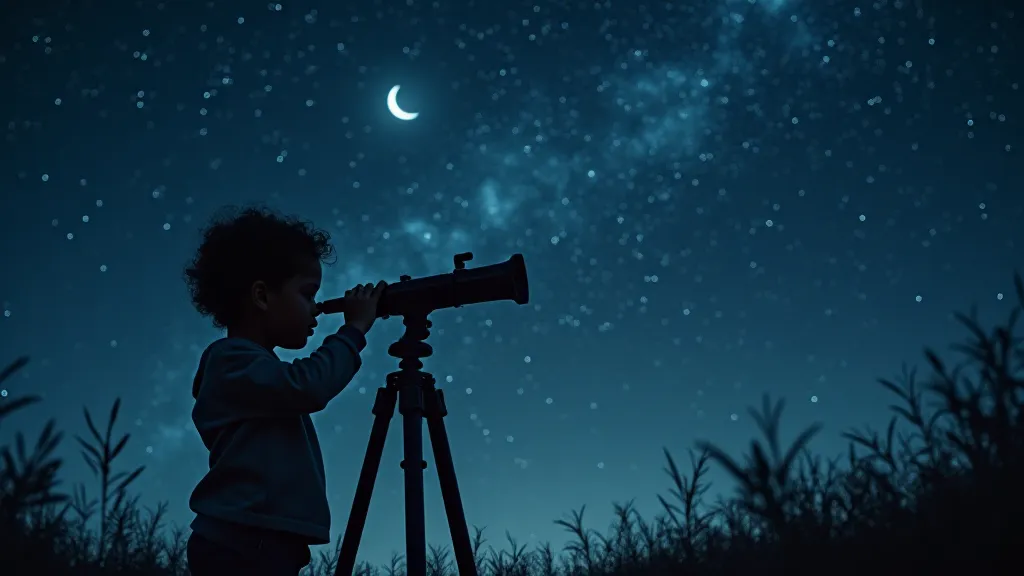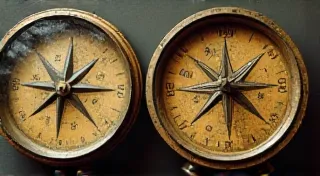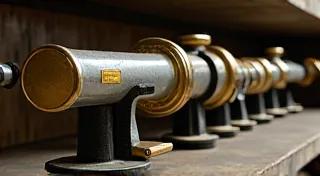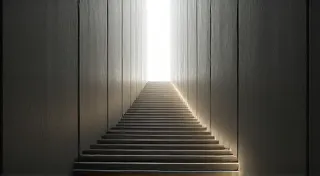DIY Astronomy: Building Your Own Telescope – A Beginner's Guide
There’s a quiet magic in the act of creation, a profound satisfaction in holding something tangible in your hands that you brought into being. For me, that feeling is amplified tenfold when it comes to building things. It’s a connection to history, to the hands that built the world around us, and a testament to human ingenuity. I’m often drawn to antique instruments, particularly accordions. The intricate workings, the careful placement of each reed, the feeling of history humming beneath your fingertips – it’s an experience that’s hard to replicate. That same sense of craftsmanship, of slow, deliberate creation, is what draws me to the idea of building a telescope.
Imagine gazing up at the moon, not through a mass-produced optical device, but through a telescope you built yourself, using principles understood by Galileo centuries ago. It's a humbling and deeply rewarding endeavor, a direct link to the pioneers of astronomy. The process requires patience, precision, and an understanding of the underlying physics – and perhaps a bit of an appreciation for antique machinery, much like the meticulous craftsmanship involved in restoring an old accordion.
The Allure of Early Telescopes & Why DIY Still Matters
The earliest telescopes weren't the sophisticated marvels we see today. Galileo’s refractor, for instance, was essentially a modified spyglass, a relatively simple arrangement of lenses. It wasn't about magnification alone; it was about perspective, about seeing the universe in a new light – quite literally. Building your own telescope isn’t just a technical exercise; it’s a journey through history, a chance to appreciate the ingenuity of those first stargazers who dared to point their crude instruments at the heavens.
In a world saturated with technology, the act of creation—the slow, methodical process of understanding how things work and then recreating them—becomes an act of rebellion, a return to fundamental skills. It’s a chance to disconnect from the digital world and reconnect with the physical, with the tangible. And let’s be honest, there’s a certain satisfaction in saying, “Yes, I built that,” especially when it’s something as complex and awe-inspiring as a telescope. Consider, too, that the choice of what to build – whether it's a simple refractor or, later on, something more ambitious – might depend on your budget and space. For those starting out, understanding the basics is key, a foundation upon which to potentially explore more advanced concepts – perhaps one day considering what an equatorial vs. altazimuth mount could offer your observing experience.
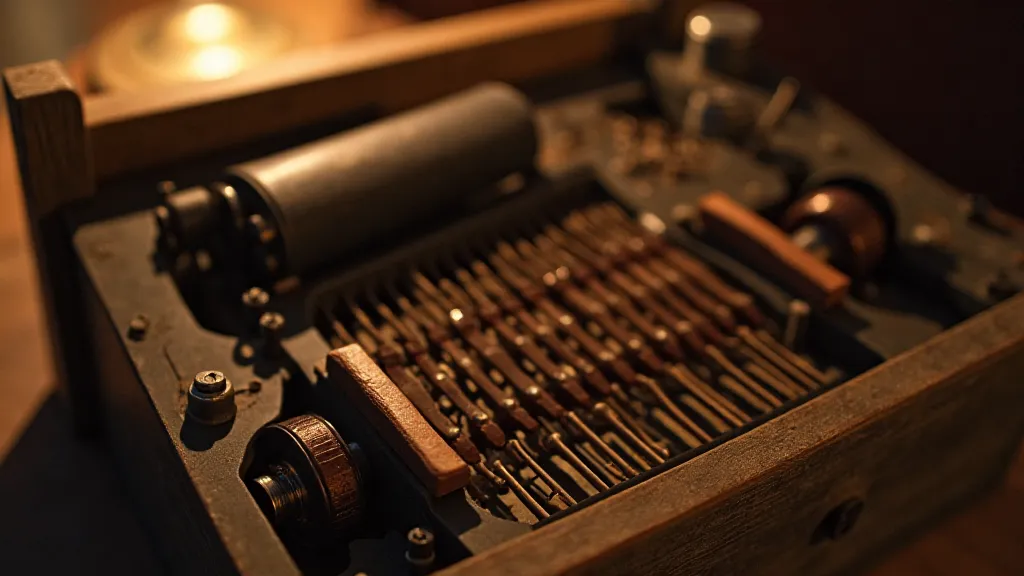
Building a Simple Refractor Telescope: A Beginner's Guide
We're going to focus on building a simple refractor telescope, the type Galileo used. While more complex designs exist, this is a fantastic starting point for beginners. Don't expect Hubble-quality images; this telescope will offer a modest but satisfying view of the moon and brighter planets. The beauty isn't about the power; it's about the process.
Materials You'll Need
- Objective Lens: This is the most critical component. A longer focal length (700mm - 1000mm) is preferable for a more stable image. Surplus optics stores or online retailers specializing in telescope components are good sources.
- Eyepiece Lens: A shorter focal length (around 25mm) provides a wider field of view.
- Two Cardboard Tubes: One tube should be slightly larger in diameter than the other. The larger tube will house the objective lens, and the smaller one will slide inside for focusing.
- Cardboard or Thick Paper: For making lens holders.
- Glue or Tape: To secure the lens holders.
- Ruler or Measuring Tape: For accurate measurements.
- Saw or Knife: To cut the cardboard tubes to the correct length.
Step-by-Step Instructions
- Measure and Cut the Tubes: The larger tube's length should be approximately equal to the focal length of your objective lens. The smaller tube needs to be long enough to allow for focusing, typically around 15-20cm.
- Create Lens Holders: Cut rings from cardboard or thick paper to fit snugly around the lenses. These rings will act as holders and keep the lenses centered within the tubes.
- Mount the Objective Lens: Securely glue or tape the objective lens to one end of the larger tube, using the cardboard rings for support. Ensure the lens is centered and perpendicular to the tube's axis.
- Mount the Eyepiece Lens: Similarly, secure the eyepiece lens to one end of the smaller tube, using cardboard rings.
- Assemble the Telescope: Carefully slide the smaller tube (with the eyepiece) into the larger tube (with the objective). You can now adjust the position of the smaller tube to focus on distant objects.
Tips for Success
Accuracy is key. Even small misalignments can significantly degrade the image quality. Take your time and double-check your measurements. Don’t be afraid to experiment with different tube lengths and lens positions to optimize the focus. As you improve your technique, you may start to think about investing in better optics and perhaps even a more sophisticated mounting system – a consideration that may have you browsing resources on binoculars to big aperture telescopes.
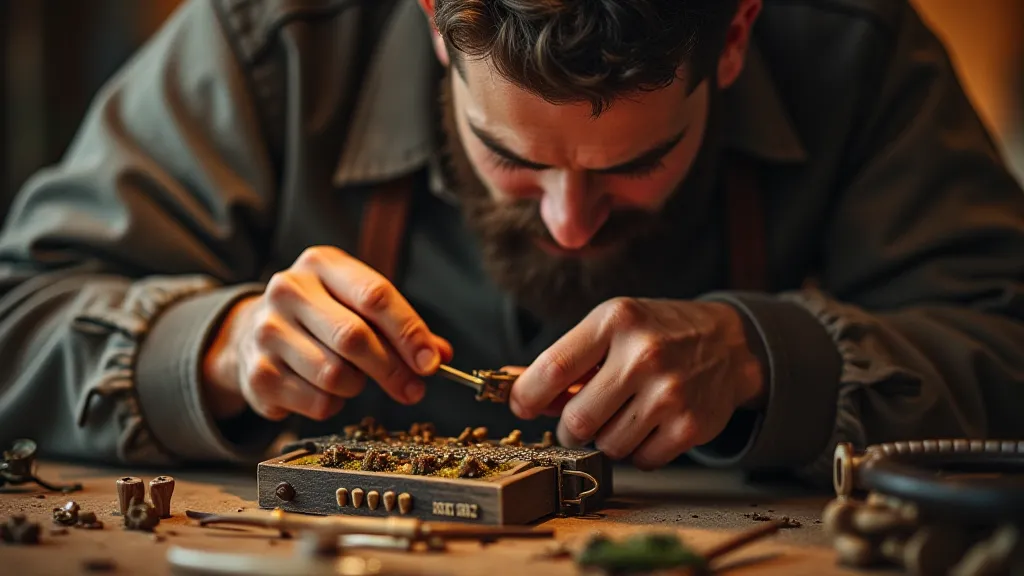
Beyond the Basics: Exploring Further
This simple refractor telescope is just the beginning. Once you’re comfortable with the fundamentals, you can explore more advanced techniques, such as:
- Improving the Optics: Experiment with different lens materials and coatings to enhance image quality.
- Building a Mounting System: Construct a sturdy mount to stabilize the telescope and allow for easier tracking of celestial objects.
- Exploring Newtonian Reflectors: Learn about and build a reflector telescope, which uses mirrors instead of lenses. Reflectors generally offer larger apertures for greater light-gathering power. The decision to move from a refractor to a reflector might involve understanding the tradeoffs between aperture and portability – concepts further explored in resources like Schmidt-Cassegrains: The Architect's Compromise Between Aperture and Portability.
The Joy of Creation and Connection
Building your own telescope isn't about achieving professional-level astronomy. It's about the journey, the learning process, and the sense of accomplishment that comes from creating something with your own hands. It’s about connecting with a lineage of inventors and stargazers who have looked up at the night sky and wondered. It's a quiet rebellion against a culture of instant gratification, a return to the values of craftsmanship and ingenuity. Just as appreciating an antique accordion goes beyond simply hearing its music; it involves understanding the artistry and labor that went into its creation. Similarly, observing the cosmos through a telescope you built yourself fosters a deeper appreciation for the universe and our place within it. The process encourages a deeper understanding of optics, mechanics, and the very nature of light itself - elements that have captivated humankind for centuries.
The night sky is a vast and awe-inspiring canvas. Building your own telescope allows you to not only see it, but to understand it, to appreciate the intricate mechanics of light and optics, and to connect with the universe in a profound and personal way. It’s a journey of discovery that can start with simple materials and a desire to learn, and evolve into a lifelong passion for exploring the cosmos.
